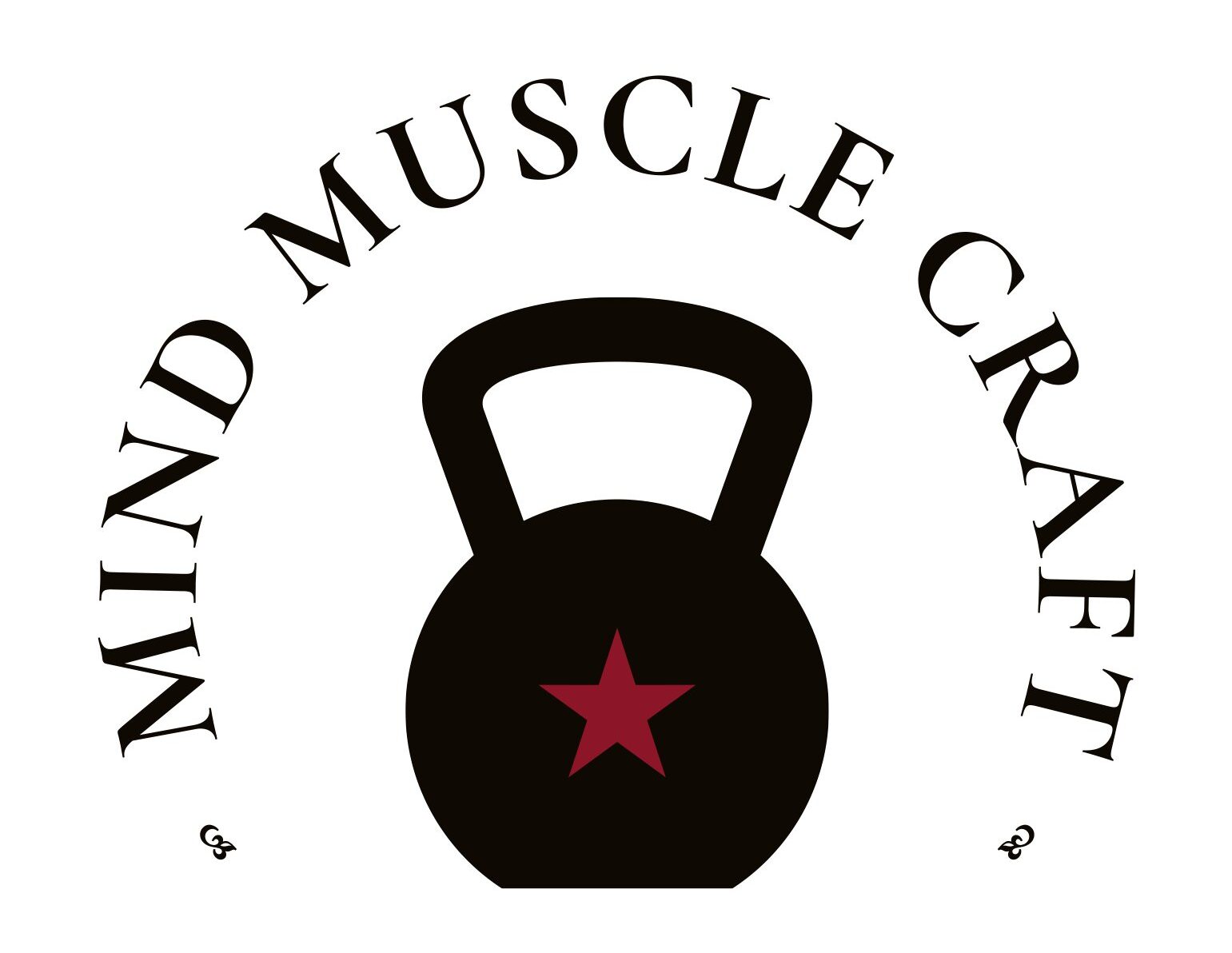Most people think exercise works because it burns calories.
That’s true — but it’s only the surface.
Deep inside your cells, every workout flips a series of molecular switches that decide how your body uses, stores, and repairs energy.
Dr. Robert Lustig, in his book Metabolical, explains that metabolism is not about calories — it’s about biochemistry.
In this article, we’ll look at two key concepts from his research:
-
The three enzymes that control your metabolism at the cellular level.
-
The types of exercise that optimize those enzymes for energy and longevity.
This is where training stops being “fitness” — and becomes metabolic engineering.
1. Exercise and the Three Nutrient Sensors
Every cell has three main enzymes that sense energy availability and tell your body what to do with it:
PI3K, AMPK, and mTOR.
Together, they form the control panel of metabolism.
PI3K — The Glucose Gatekeeper
Phosphoinositide 3-kinase (PI3K) regulates glucose uptake into cells, especially muscle and liver.
When your diet is high in sugar and processed carbs, PI3K signaling becomes overactive, leading to insulin resistance — cells stop responding properly.
💪 Exercise’s Role:
Muscle contractions open a second door for glucose entry — independent of insulin — which resets the pathway and restores insulin sensitivity.
Best strategies to optimize PI3K:
-
Perform full-body resistance workouts
-
Add moderate-intensity cardio post-meal
-
Minimize processed sugar and refined starches
AMPK — The Metabolic Master Switch
AMP-activated protein kinase (AMPK) acts as the cell’s energy sensor.
When energy is low (like during fasting or intense training), AMPK activates to:
-
Burn stored fat
-
Build mitochondria
-
Improve insulin response
💥 Exercise’s Role:
Both aerobic training and HIIT strongly stimulate AMPK.
This enhances fat oxidation and metabolic flexibility — teaching your cells to burn, not just store.
How to naturally boost AMPK:
-
Train fasted occasionally
-
Incorporate HIIT 2–3 times weekly
-
Prioritize sleep and recovery
mTOR — The Growth Regulator
mTOR (mechanistic Target of Rapamycin) is the key switch for cell growth, protein synthesis, and muscle repair.
It’s triggered by amino acids (especially leucine), insulin, and mechanical tension during strength training.
When mTOR stays elevated all day from constant eating and processed food, it blocks autophagy — the body’s cellular cleanup system.
That accelerates aging and inflammation.
🏋️ Exercise’s Role:
Resistance training triggers mTOR briefly and powerfully — ideal for muscle growth and recovery.
Then fasting or rest allows autophagy to clear out damaged cells.
Balancing mTOR:
-
Train hard, then eat real protein afterward
-
Avoid all-day snacking
-
Keep sugar intake low to prevent constant mTOR activation
2. The Most Metabolically Correct Type of Exercise
Dr. Lustig’s work shows that not all exercise affects metabolism the same way.
Each style activates different cellular switches — so combining them creates the most complete metabolic response.
🏋️ Resistance Training — The Metabolic Reset
Resistance training builds muscle and improves insulin sensitivity by stimulating both mTOR and PI3K.
Stronger muscles act like metabolic sponges, absorbing glucose and triglycerides that would otherwise stress the liver.
→ Study: Resistance training and insulin sensitivity
Trainer Tips:
-
Focus on compound lifts (squats, rows, presses)
-
Train large muscle groups
-
Short rest intervals increase total energy turnover
🚴 Aerobic Exercise — The Anti-Inflammatory Engine
Aerobic exercise boosts AMPK activation and mitochondrial density, while reducing oxidative stress and visceral fat — the deep belly fat most harmful to health.
→ American Heart Association on aerobic exercise benefits
Trainer Tips:
-
Include 30–40 minutes of moderate-intensity cardio
-
Keep heart rate at 60–70% max
-
Combine with strength training for best metabolic outcomes
⚡ HIIT — The Autophagy Trigger
High-Intensity Interval Training creates short bursts of stress that stimulate AMPK and autophagy (cell cleanup).
It enhances fat oxidation, insulin sensitivity, and even mitochondrial turnover.
→ PubMed: HIIT and autophagy activation
Trainer Tips:
-
Perform 20–40 sec intervals with equal or slightly longer rest
-
Limit HIIT to 2–3 sessions weekly
-
Recover fully between sessions for hormonal balance
The Metabolic Symphony
| Exercise Type | Main Enzyme Activated | Primary Benefit |
|---|---|---|
| Resistance Training | mTOR, PI3K | Muscle growth, glucose control |
| Aerobic Training | AMPK, PI3K | Fat oxidation, mitochondrial health |
| HIIT | AMPK, mTOR balance | Autophagy, metabolic flexibility |
Together, these create a metabolic symphony — balancing energy use, recovery, and adaptation.
That’s why an ideal program isn’t just “lifting” or “cardio” — it’s biochemical periodization.
Final Thoughts
Exercise doesn’t just change your body — it reprograms your metabolism.
It trains your cells to use energy more efficiently, repair themselves, and stay younger for longer.
But remember — these systems only work when fueled by real food that supports the same pathways.
Train for metabolism, not for calories.
That’s how you build strength, longevity, and metabolic power.
8 Cellular Pathways That Control Fat Burning, Energy, and Recovery
How Exercise Repairs Your Body — The Proven Science
https://pmc.ncbi.nlm.nih.gov/articles/PMC11186371/?utm_source=chatgpt.com
https://pmc.ncbi.nlm.nih.gov/articles/PMC2779044/?utm_source=chatgpt.com

